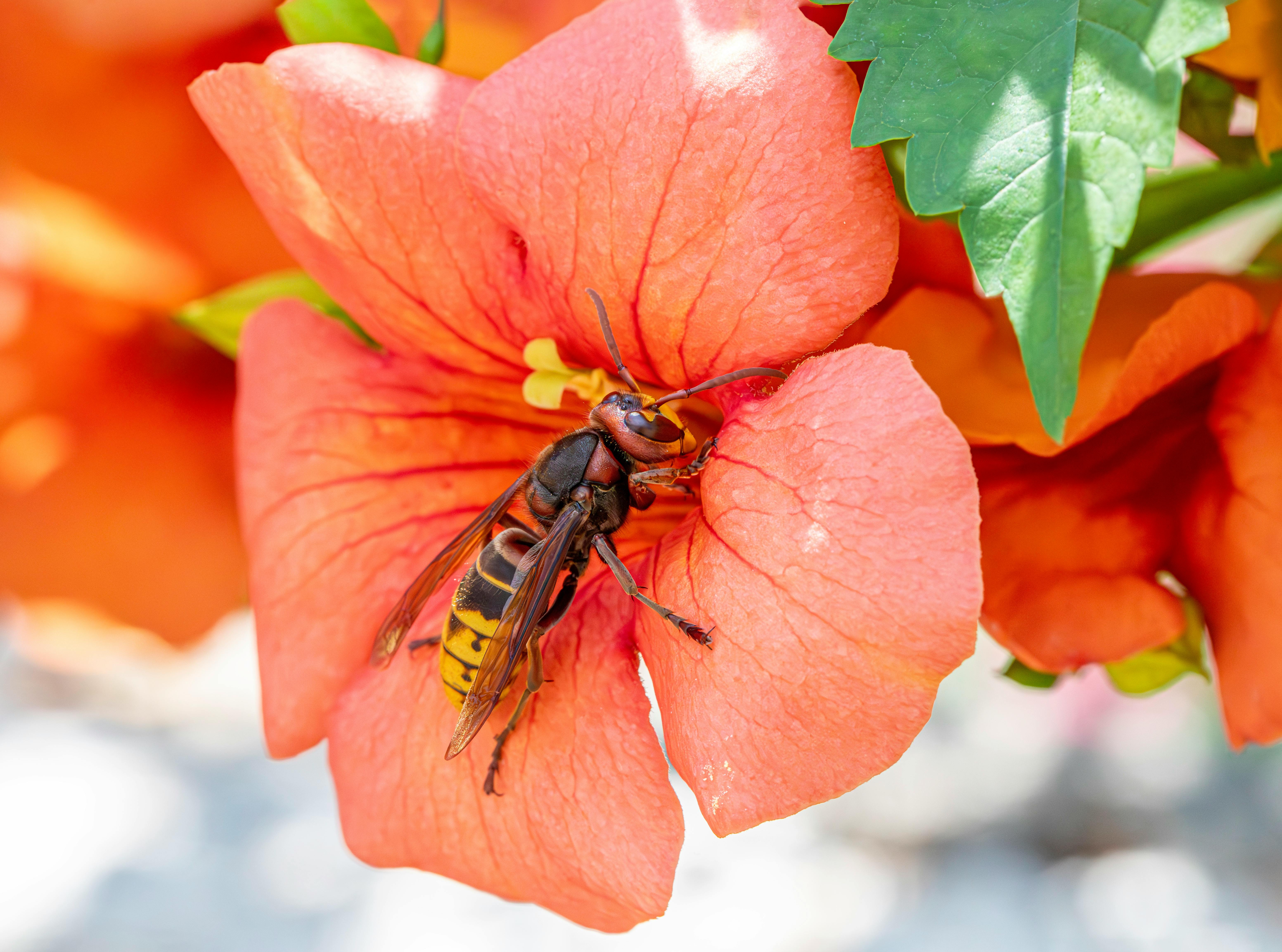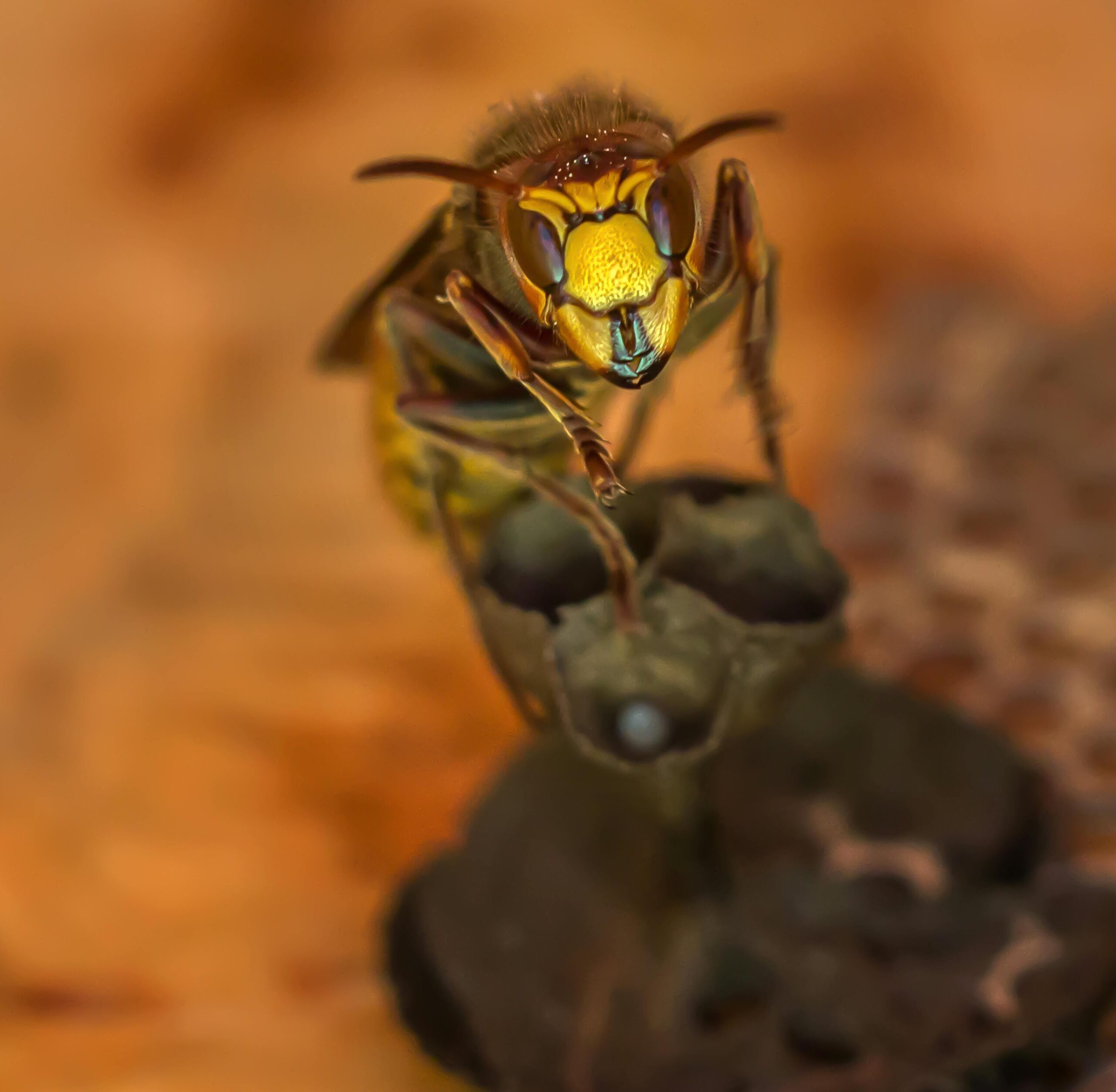Hornissennest: Understanding the Essentials of Hornet’s Nest
What is a Hornissennest?
A **Hornissennest**, or hornet’s nest, is a fundamental aspect of the ecosystem, often associated with the European hornet and its social behavior. These nests are typically made of a paper-like substance, which is produced by the hornets themselves from chewed-up wood pulp. In nature, the presence of a hornet’s nest can often indicate a balanced ecosystem, as these insects play a vital role in controlling pest populations. Understanding the **hornissennest** is essential for anyone interested in pest management, ecology, or simply keeping their backyard safe.
Construction of a Hornissennest
Hornets are fascinating creatures, particularly in their nesting habits. A **hornissennest** is constructed from wood fibers that the hornets chew and mix with saliva to create a malleable substance. They build their nests usually in sheltered areas, such as tree branches or under eaves of houses, allowing protection against environmental threats. The size of a hornet’s nest can vary significantly, from small, golf ball-sized structures to large nests that can be as big as a basketball! Understanding the construction method is crucial for effective pest control.
Differences Between Hornets and Wasps
Often mistaken for one another, hornets and wasps have notable differences that are essential to recognize, especially when addressing a **hornissennest**. Hornets are generally larger than typical wasps and display a robust body structure. Moreover, hornets tend to be more aggressive when their nest is threatened. This behavior emphasizes the importance of approaching a hornet’s nest with caution, particularly if you intend to remove it. Knowing these differences can save you from potential injuries.
Why You Should Respect a Hornissennest
Respecting a **hornissennest** is important for several reasons. Hornets are beneficial insects that consume a variety of pest species, helping to maintain a balanced ecosystem. Additionally, they can be significant pollinators for many plants. Hence, removing or destroying their nests without due consideration can lead to ecological imbalances. For instance, without hornets to control pests, you may find an increase in harmful insects that affect your yard and gardens. It’s crucial to understand the value they provide before deciding to take action.
Dealing with a Hornissennest Safely
If you discover a **hornissennest** in a location that poses a threat to your safety, such as near a doorway, it’s vital to handle the situation with care. It’s generally advisable to contact a pest control professional who possesses the experience and gear necessary to remove nests safely. DIY approaches can often lead to aggressive encounters with hornets. Ensure you wear protective clothing and have a means of escape before attempting to confront a hornet’s nest on your own.
Natural Remedies to Deter Hornets
For those looking to deter hornets without harming them, several natural remedies can help keep them at bay. For example, using peppermint oil mixed with water can be a useful deterrent. Hornets dislike the strong scent and may avoid areas treated with it. Another practical solution is to maintain cleanliness around outdoor eating areas, as food attractants are significant reasons for hornets’ presence. Implementing these strategies can help you coexist with these insects more harmoniously.
Identifying a Hornissennest
Recognizing the features of a **hornissennest** is vital for safety and control measures. Typically, hornets build their nests to be exposed, showcasing a round, grayish structure that can be easily identified in trees or under roofs. The nests often have a unique honeycomb structure inside, which houses their larvae. Keeping an eye out for these indicators can help you determine if there’s a hornet problem that needs attention or whether it’s best to leave them undisturbed.
Common Habitats for Hornissennest
Hornets prefer specific habitats that offer them shelter and ample food sources. Wooded areas, gardens, and residential spaces are common sites for a **hornissennest**. They tend to build nests in more secluded areas such as attics, sheds, or dense vegetation. Understanding these habitats can aid in assessing whether you have a hornet situation nearby and what environmental changes may be attracting them.
Signs of Hornet Activity
Being able to spot signs of hornet activity can help you manage a **hornissennest** before it becomes a larger issue. Look for increased hornet sightings, particularly during warm months since they become more active. Also, listen for distinctive buzzing sounds and observe any nests being built during the late summer when hornet populations peak. These signs may help you determine if it’s time to take preventive or protective measures.
Managing a Hornissennest
When you encounter a **hornissennest**, understanding how to manage the situation is crucial. You may opt for several strategies depending on your comfort level. If immediate removal is not necessary, consider allowing the hornets to complete their life cycle. This could mitigate any threat they pose, as nests are often abandoned in the fall after the hornets have died off. However, if the nest endangers your safety, professional removal is the recommended course of action.
Step-by-Step Guide to Remove a Hornissennest
Should you decide to remove a **hornissennest**, here is a practical guide to follow to minimize risks:
1. **Time it right**: Late evening or early morning is the best time to tackle the nest, as hornets are less active during these times.
2. **Protect yourself**: Wear long sleeves, pants, gloves, and a face mask to shield yourself from stings.
3. **Choose the right tools**: A specialized insecticide spray designed for wasps and hornets can help eliminate them from a distance.
4. **Spray the nest thoroughly**: Aim for the entrance of the nest using the insecticide, following the instructions on the label.
5. **Keep a safe distance**: After spraying, exit the area immediately and monitor from a safe distance to ensure all hornets have left the nest.
6. **Dispose of the nest**: After a few days, remove the nest safely, ensuring no remaining hornets are inside. Dispose of it properly to prevent re-colonization.
When to Call Professionals
If at any point you feel uncomfortable handling a **hornissennest** on your own, reach out to pest control professionals. They are trained to safely and effectively manage hornet nests without posing a risk to you or your surroundings. Investing in professional help can save you time and reduce the chance of painful encounters.
Key Takeaways
- A **hornissennest** is an essential part of the ecosystem and provides various ecological benefits.
- Understanding hornet behavior and their nesting habits can help you handle encounters more safely.
- Natural deterrents and cleanliness can help minimize hornet attraction to your space.
- For safety, consider hiring professionals for nest removal and management.
FAQ
1. Is a hornet’s nest dangerous?
Yes, a **hornissennest** can be dangerous if hornets feel threatened, as they may become aggressive. Proper precautions should always be taken if you encounter a nest.
2. How long does a hornet’s nest last?
A **hornissennest** typically lasts one season. Hornets will abandon the nest in the fall, and it won’t be reused the following year.
3. Can I keep hornets away from my property?
Yes, using natural repellents and maintaining cleanliness in outdoor areas can help keep hornets away from your property and reduce the likelihood of a **hornissennest** forming.
4. What time of year do hornets build nests?
Hornets usually begin building nests in the early spring, and their populations peak during late summer to early fall when they are most active.
5. Will hornets return to an old nest?
No, hornets do not return to old **hornissennest** structures. They build new nests each season, relying on their queens to establish new colonies.

